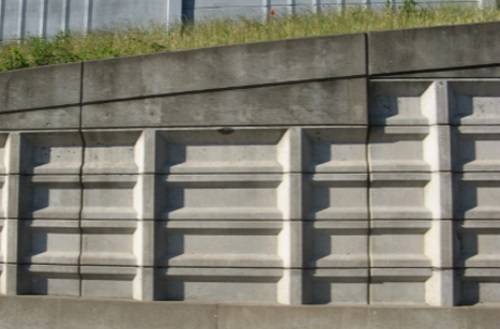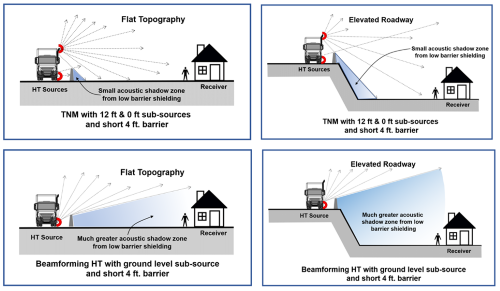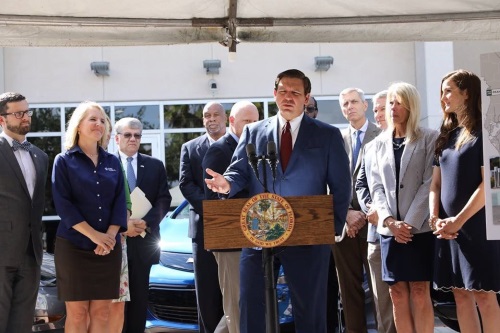A roundup of headlines curated for state transportation environmental professionals
FEDERAL ACTION
AASHTO Transportation Policy Forum Maps out Post-Election Political Landscape – AASHTO Journal
USDOT Transition Team Unveiled by Incoming Biden-Harris Administration – AASHTO Journal
Infrastructure is key to Biden’s climate dreams – E&E News
Congressman Earl Blumenauer bullish on transportation under Biden – BikePortland
No One’s Riding Transit. So Why Did Voters Support It? – Wired (Commentary)
COVID-19
More Than Half of Americans Plan Thanksgiving Travel Despite Pandemic, TripAdvisor Says – WBTS-TV
INFRASTRUCTURE RESILIENCE AND SUSTAINABILITY
Regional initiative targets transportation, climate change in underserved rural communities – Daily Hampshire Gazette
Vermont groups urge state to join regional climate/transportation plan – Vermont Business
America’s Forgotten Marine Highway Network That Could Green Global Freight Transport – Forbes
The ‘order of planning’ determines transit priorities. What if we inverted it to prioritize people? – GreenBiz (Commentary)
AIR QUALITY
Mapping air pollution at the neighborhood level – Axios
ENVIRONMENTAL JUSTICE
Chicago’s Mayor Turns City’s Infrastructure Into Weapons Against Protesters – The Appeal (Commentary)
NATURAL RESOURCES
State shares framework for new surface water quality protections – Arizona Public Media
Toll-road plans fall short on wildlife protection, urban sprawl – Orlando Sentinel (Commentary)
Oil pipeline a step closer to approval in Minnesota – Courthouse News
Analysis: Mississippi pump proposal evokes strong reactions – Associated Press
CULTURAL RESOURCES
AASHTO Releases Historic Bridge Preservation Guide – AASHTO
Redesigning Slow Streets to reflect community & culture in East Oakland – Smart Growth America (Blog)
HEALTH AND HUMAN ENVIRONMENT/ACTIVE TRANSPORTATION
Transportation council considers signing on to national bicycle route – KWCC-TV
Cecil Township Taking Pa. Turnpike Commission, Construction Company To Court Over Noise Complaints – KDKA-TV
Can Times Square ever be completely car-free? – 6sqft
Escooter startup Voi uses AI to detect pedestrians and sidewalks – VentureBeat
Northern Kentucky foundation establishes $3M ‘active transportation’ fund – WCPO-TV
TRB RESOURCES/ANNOUNCEMENTS
State of the Industry Report on Air Quality Emissions from Sustainable Alternative Jet Fuels – ACRP
2021 TRB Annual Meeting: Spotlight Sessions Include Coronavirus (COVID-19), Equity, and the Future of Transportation – TRB
Unfold Podcast, Episode 8: Transitioning to Low-Carbon Transportation – UC Davis
[Webinar] The New NEPA Regulations: A Practical Guide to What You Need to Know – JD Supra
FEDERAL REGISTER NOTICES
Hazardous Materials: Notice of Applications for Modifications to Special Permit – Pipeline and Hazardous Materials Safety Administration (List of applications for modification of special permits)
Hazardous Materials: Notice of Applications for New Special Permits – Pipeline and Hazardous Materials Safety Administration (Notice of actions on special permit applications)
Proposed Information Collection Request; Comment Request; Survey of State Emergency Response Commissions (SERCs) – EPA (Notice)
Forest Service Manual (FSM) 3800, Zero Code; State and Private Forestry Landscape Scale Restoration Program – Forest Service (Notice of availability for public comment)
Indefinite Delivery and Indefinite Quantity Contracts for Federal-Aid Construction – FHWA (Interim Final Rule; request for comments)
Jurisdiction in Alaska – National Park Service (Final rule)
Hazardous Materials: Information Collection Activities – Pipeline and Hazardous Materials Safety Administration (Notice and request for comments)



